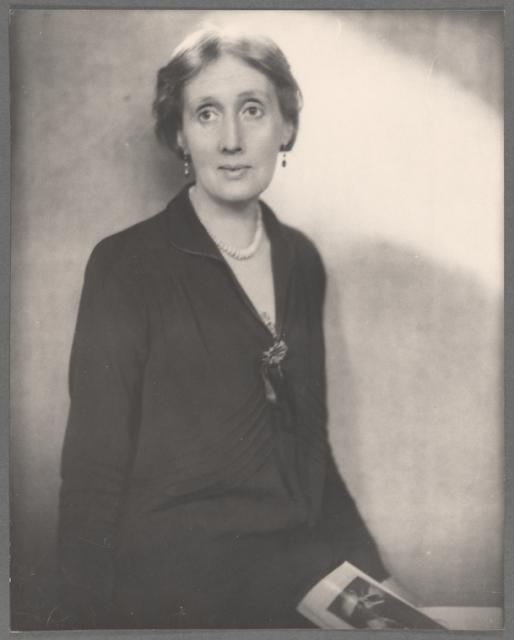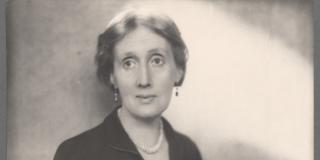
Section 5: Legacy
Woolf spent her entire creative life pushing literature forward through her development of the then-experimental literary device of stream of consciousness, which she used to express her characters’ realities. Her goal, articulated in 1920 as she embarked on Jacob’s Room, was to craft a new literary form with “no scaffolding; scarcely a brick to be seen; all crepuscular, but the heart, the passion, the humour, everything as bright as fire in the mist.” Her career spanned more than thirty-five years, during which time she published eight novels (though The Waves was, in her mind, a “play-poem”) plus countless stories and essays. She planned to write her memoirs, but in the end, left behind very little autobiographical writing.
Following a winter of dark depression, on March 28, 1941, Woolf donned her coat, took her walking stick, and went to the River Ouse near her home, where she drowned herself. Having learned that his wife was missing, Leonard rushed to the river, finding her walking stick only. Her body was not recovered until weeks later.
Woolf self-effacingly referred to herself in 1936 as “a mere scribbler. . . a dabbler in dreams,” but she has since been acknowledged as a major literary force and embraced as a protofeminist and LGBTQ+ icon.




